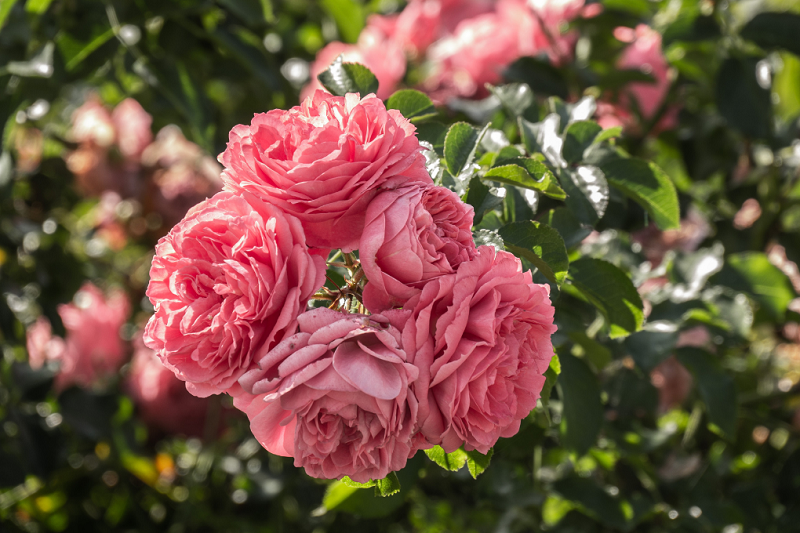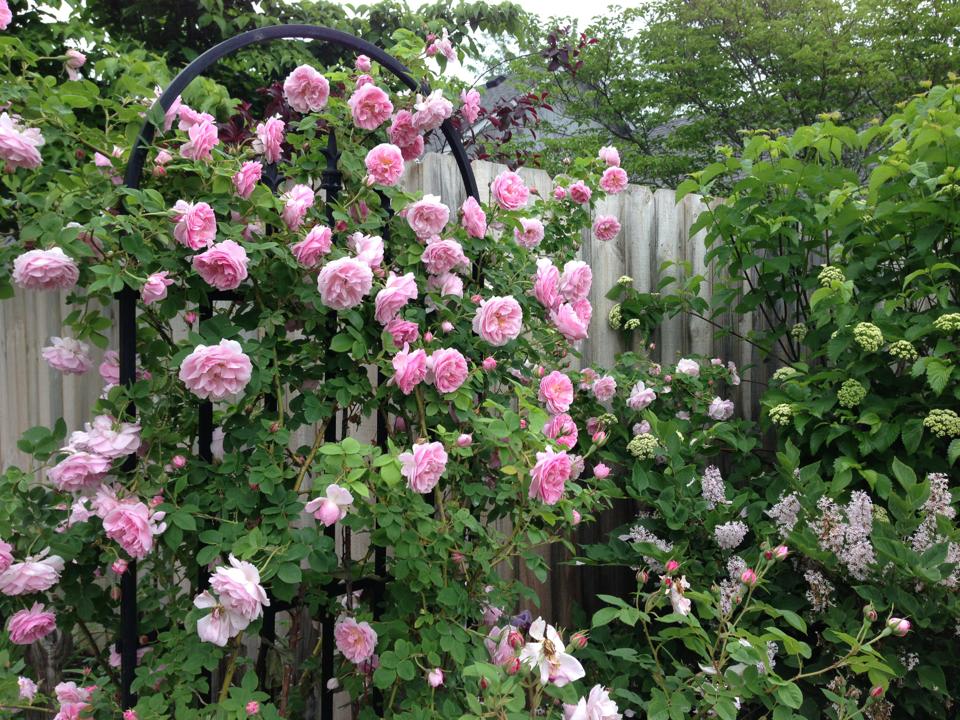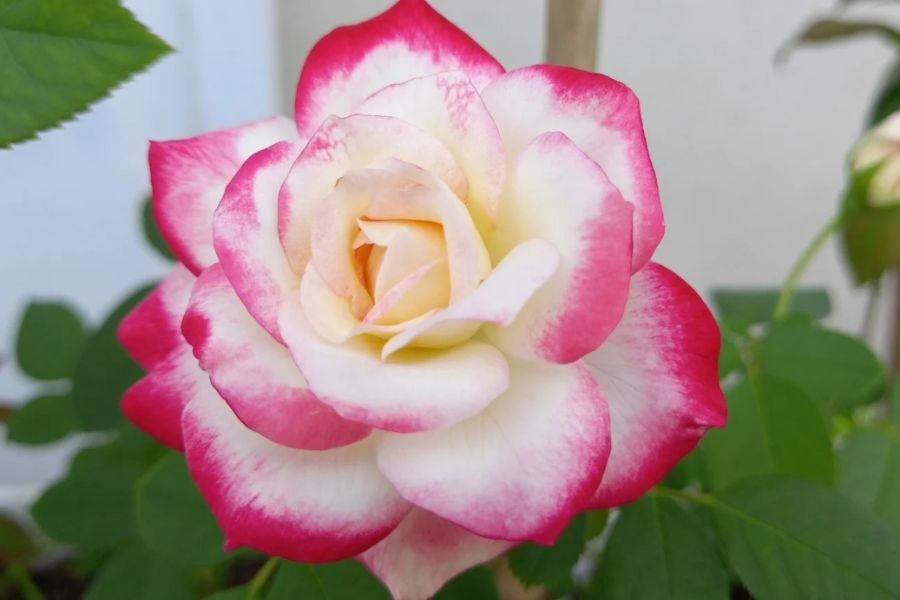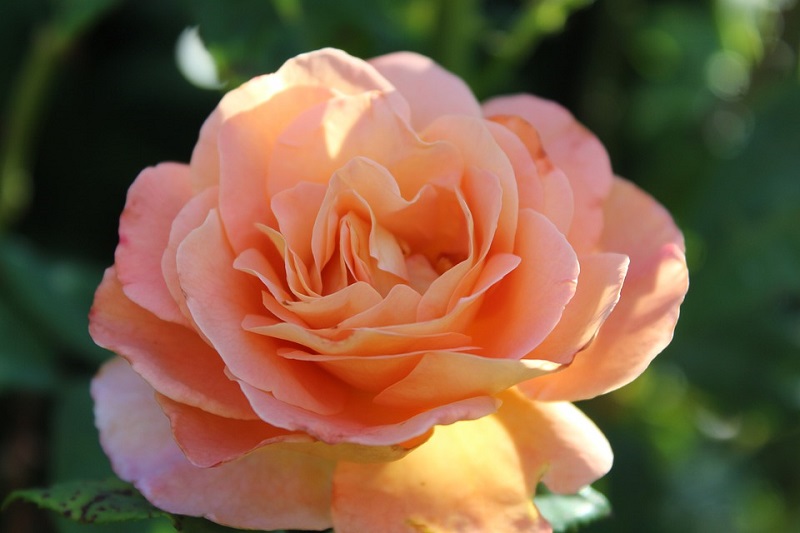Damask roses, renowned for their rich fragrance and historical significance, have been cherished for centuries. Originating from the Middle East, these roses have made their mark in perfumery and skincare. Their unique characteristics, such as their lush blooms and intoxicating scent, make them a favorite among gardeners and rose enthusiasts. Types of Damask Roses Summer […]
Rose
The rose, with its timeless beauty and rich symbolism, has captivated hearts and minds across cultures and centuries. Known for its stunning blossoms and versatile uses, the rose holds a special place in both nature and human society. This article delves into the botanical classification, physical characteristics, care, and cultural significance of roses, offering a thorough understanding of this remarkable flower.
Botanical Classification
Scientific Classification
The rose belongs to the kingdom Plantae and is classified under the class Magnoliopsida, order Rosales, and family Rosaceae. Its genus, Rosa, encompasses a diverse range of species and hybrids. The scientific classification not only highlights the rose’s place in the plant kingdom but also helps in understanding its evolutionary traits and relationships with other plants.
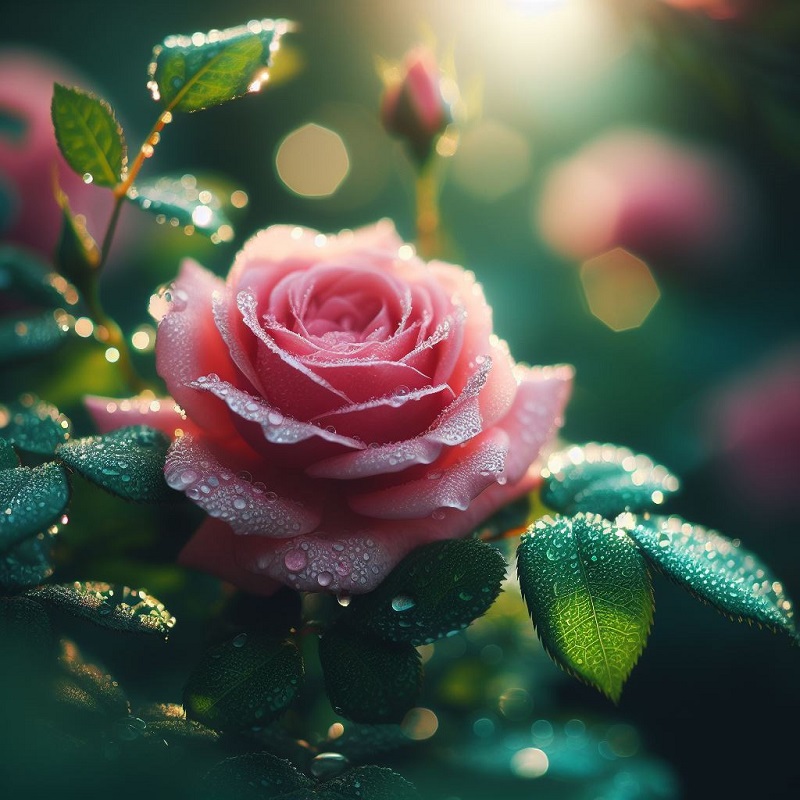
Species and Varieties
Roses are known for their diversity, with numerous species and varieties. Some common species include Rosa damascena (Damask rose) and Rosa chinensis (China rose). Hybrid varieties, such as Hybrid Tea Roses and Floribunda Roses, have been developed through cross-breeding to combine desirable traits like color, fragrance, and bloom size.
Physical Characteristics
Structure of the Rose Plant
A rose plant is composed of several key parts:
- Roots: Anchor the plant and absorb water and nutrients.
- Stems and Thorns: Provide support and protection.
- Leaves: Perform photosynthesis and support the plant’s health.
- Flowers: The most celebrated part, consisting of:
- Petals: The colorful part of the flower that attracts pollinators.
- Sepals: Protect the flower bud before it blooms.
- Stamens and Pistils: The reproductive organs that facilitate pollination.
Flower Types and Colors
Roses vary in flower type and color:
- Single vs. Double Flowers: Single flowers have a single layer of petals, while double flowers have multiple layers.
- Color Variations: Roses come in an array of colors, including red, pink, white, yellow, and orange, each symbolizing different emotions and messages.
Growth and Care
Planting Roses
To cultivate healthy roses, attention must be given to:
- Soil Requirements: Well-drained, loamy soil is ideal.
- Sunlight and Spacing: Roses require ample sunlight and should be spaced to allow for proper air circulation.
Maintenance
Proper care involves:
- Watering: Regular, deep watering is crucial.
- Fertilization: Applying balanced fertilizers promotes growth and blooming.
- Pruning and Deadheading: Pruning helps shape the plant and remove dead or diseased wood, while deadheading encourages continued blooming.
Common Pests and Diseases
Roses are susceptible to various pests and diseases:
- Aphids: Small insects that can damage foliage and buds.
- Black Spot: A fungal disease causing black spots on leaves.
- Powdery Mildew: A fungal infection that appears as a white powdery substance on leaves.
Rose Varieties and Their Uses
Decorative and Ornamental Uses
Roses are widely used in:
- Gardens and Landscaping: Enhancing aesthetic appeal and creating focal points.
- Floral Arrangements: Adding beauty and elegance to bouquets and centerpieces.
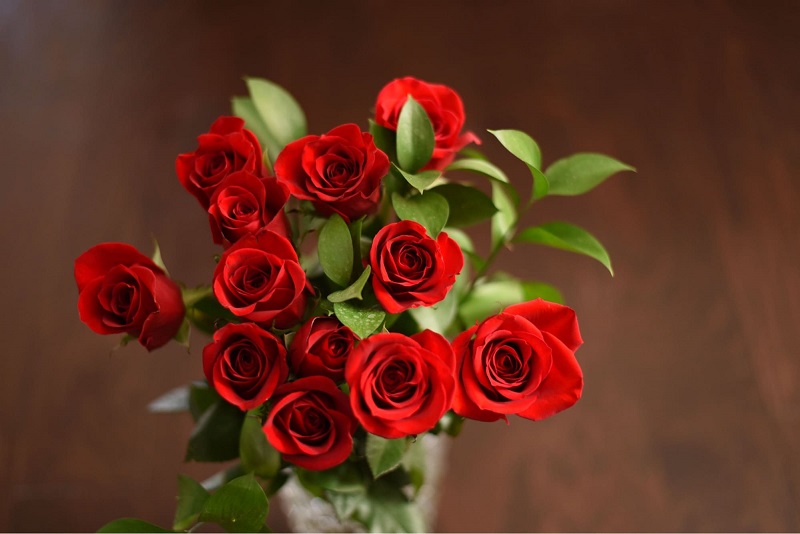
Medicinal and Therapeutic Uses
Roses also have applications in:
- Rose Oil and Extracts: Used in aromatherapy and skincare.
- Herbal Remedies: Employed in traditional medicine for their soothing properties.
Culinary Uses
In the culinary world, roses are utilized in:
- Rosewater: A flavoring in various dishes and sweets.
- Edible Rose Petals: Used in salads, desserts, and as garnishes.
Cultural Significance
Symbolism
Roses have profound symbolic meanings:
- Literature and Art: Representing themes of love, beauty, and passion.
- Symbolism: Different colors convey various messages; for example, red roses symbolize deep love, while white roses signify purity and new beginnings.
Festivals and Traditions
Roses are celebrated in:
- Rose Festivals: Such as the Tournament of Roses, which showcases floral displays and parades.
- Historical Ceremonies: Including weddings and ceremonies where roses are integral to the rituals.
Rose Preservation and Conservation
Conservation of Wild Rose Species
Efforts are made to protect and conserve wild rose species through:
- Habitat Protection: Ensuring natural environments are preserved.
- Breeding Programs: Developing resilient rose varieties to safeguard biodiversity.
Sustainable Practices in Rose Cultivation
Sustainability in rose cultivation involves:
- Organic Gardening: Using natural methods to enhance soil health and control pests.
- Eco-Friendly Pest Control: Minimizing chemical use to protect the environment.
Conclusion
The rose, with its captivating beauty and multifaceted uses, remains an enduring symbol of nature’s elegance and human creativity. From its intricate botanical classification to its profound cultural significance, the rose continues to inspire and enrich lives worldwide. As we advance in horticultural practices and conservation efforts, the rose will undoubtedly retain its cherished status, evolving yet ever beautiful.
The Bourbon Rose is a gem in the world of gardening, cherished for its beauty and rich fragrance. This hybrid rose, a result of crossbreeding China Roses and Damask Roses, has captured the hearts of gardeners and rose enthusiasts worldwide. Let’s delve into the fascinating history, characteristics, and cultivation of the Bourbon Rose. History and […]
Tea Hybrid Roses are renowned for their exquisite beauty and enchanting fragrance, making them a staple in modern rose gardens. Developed through the hybridization of Tea Roses and Hybrid Perpetuals, these roses have become immensely popular among gardeners and rose enthusiasts. Let’s explore the rich history, distinctive characteristics, and cultivation of Tea Hybrid Roses. History […]
Floribunda roses are a beloved category of roses known for their vibrant colors and prolific blooming. These roses are a favorite among gardeners for their hardiness, versatility, and the ability to provide continuous color throughout the growing season. Developed in the early 20th century, Floribunda roses combine the best traits of their parent varieties, making […]

